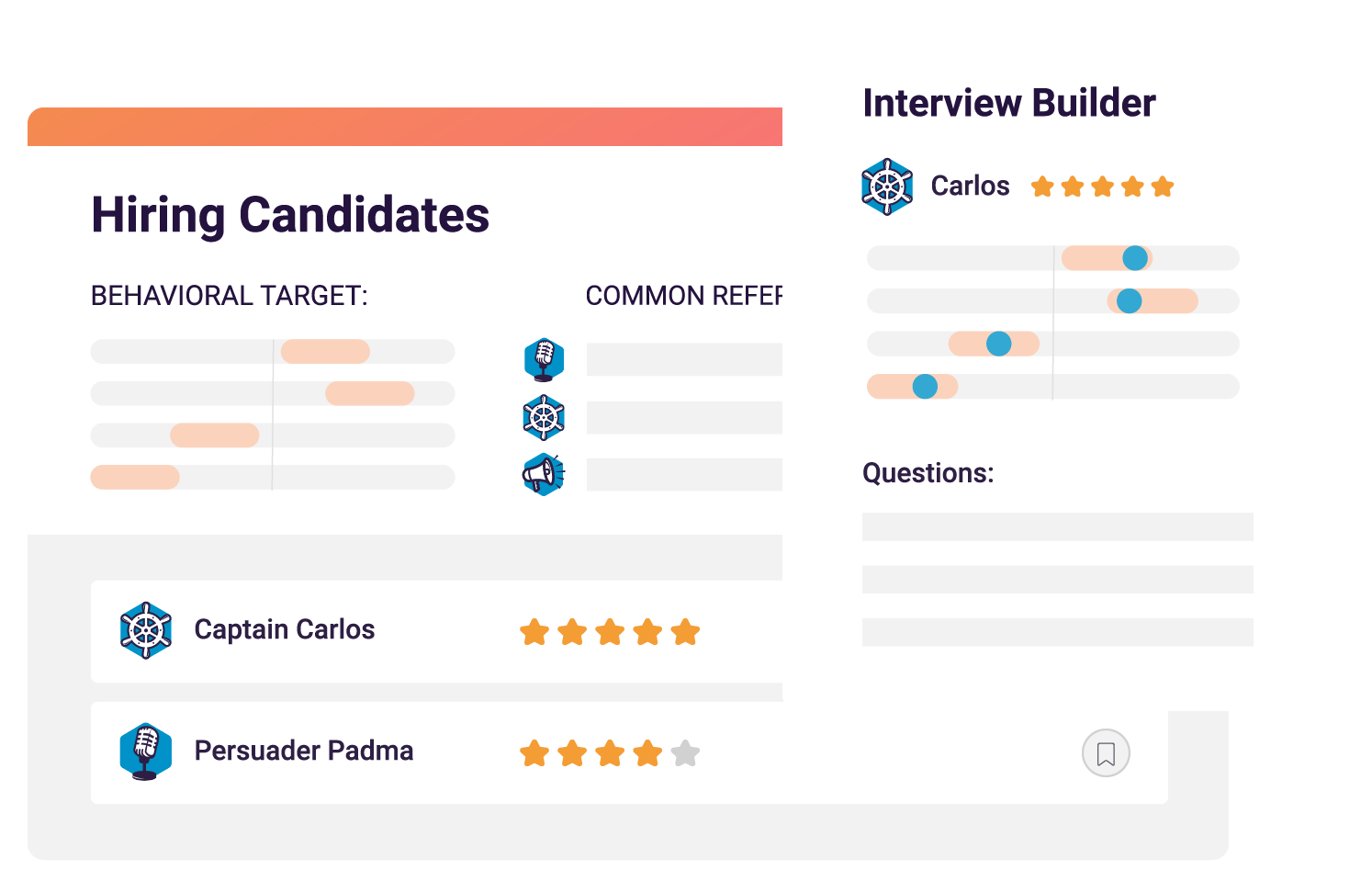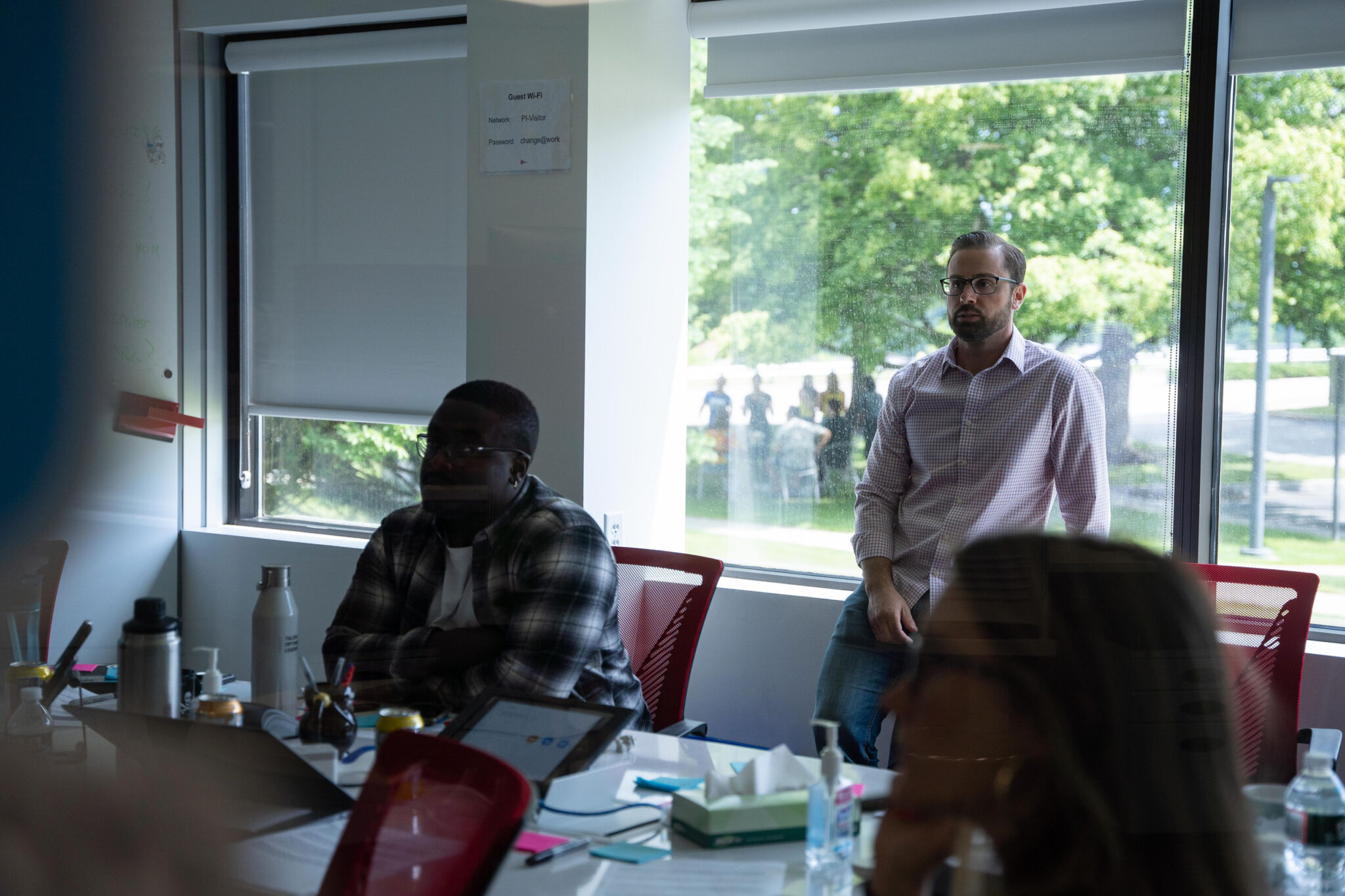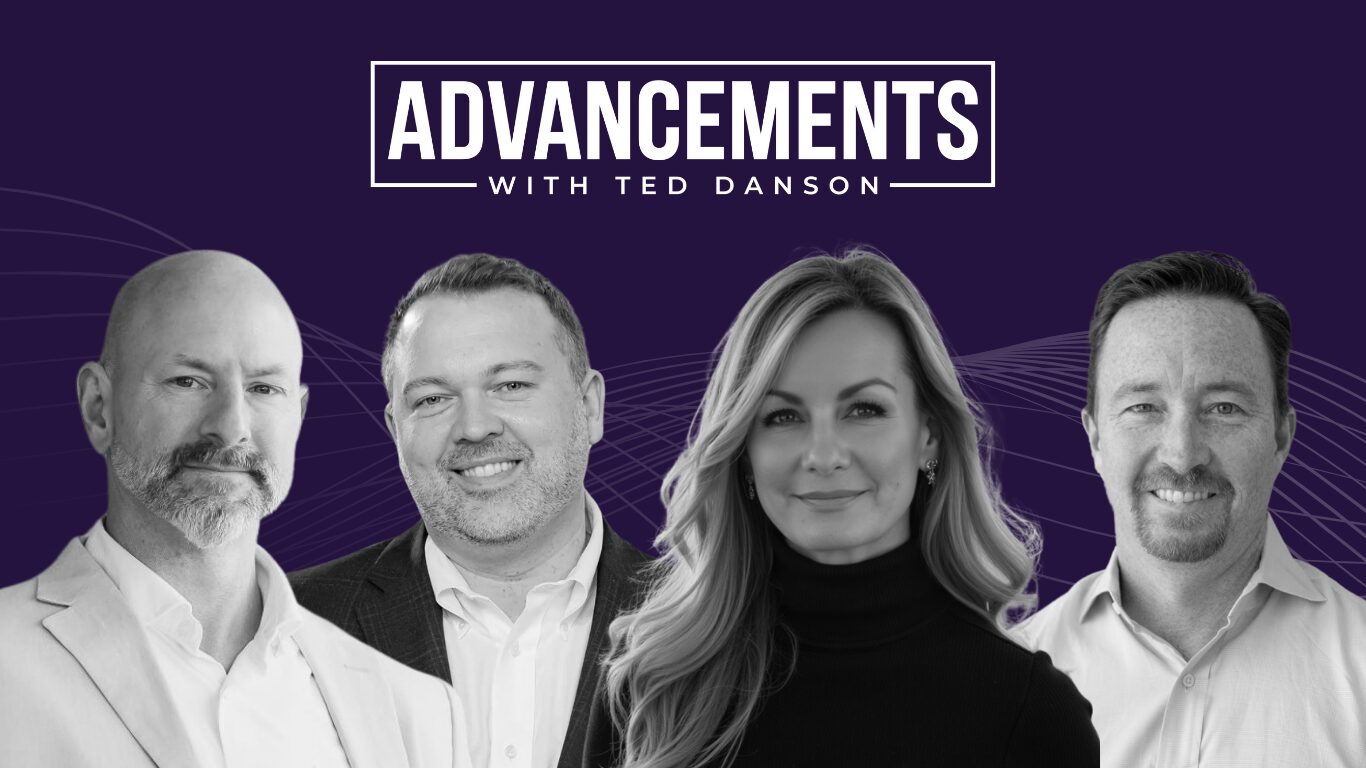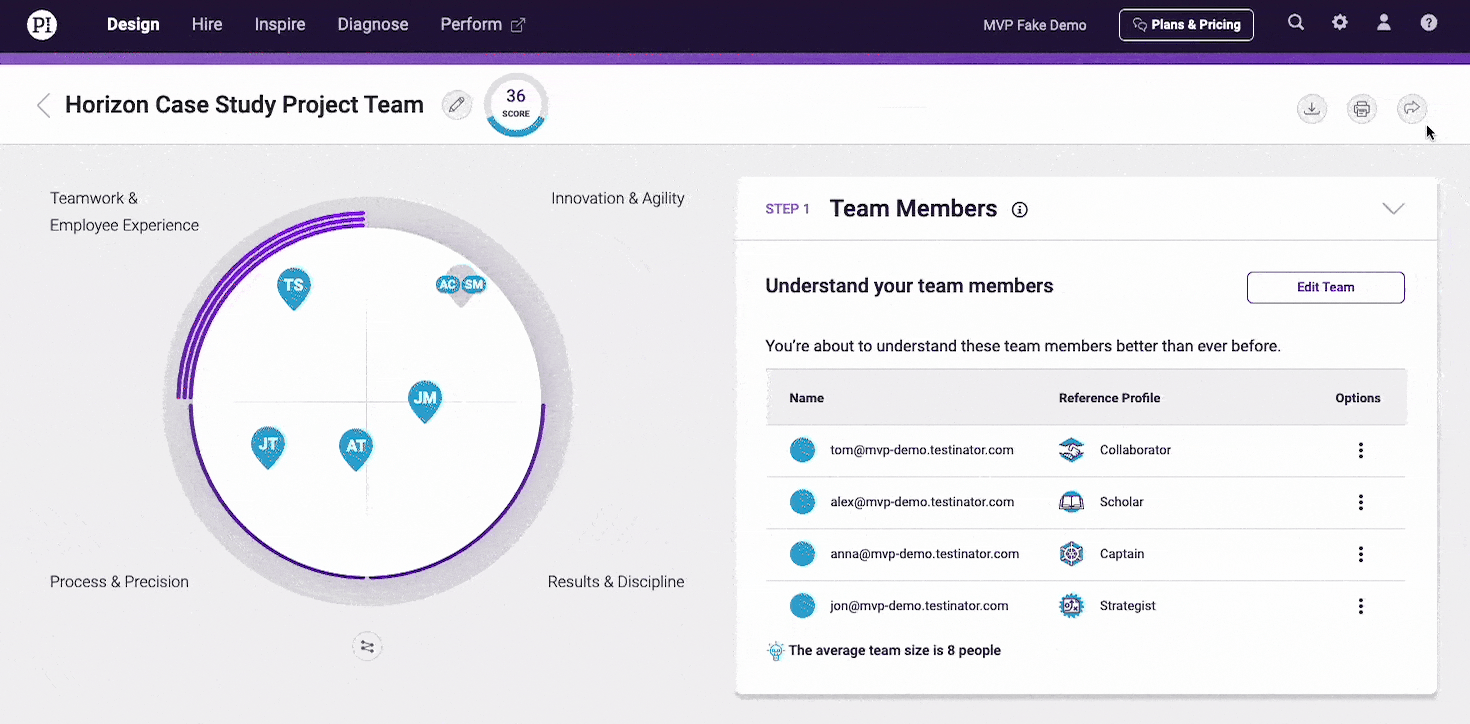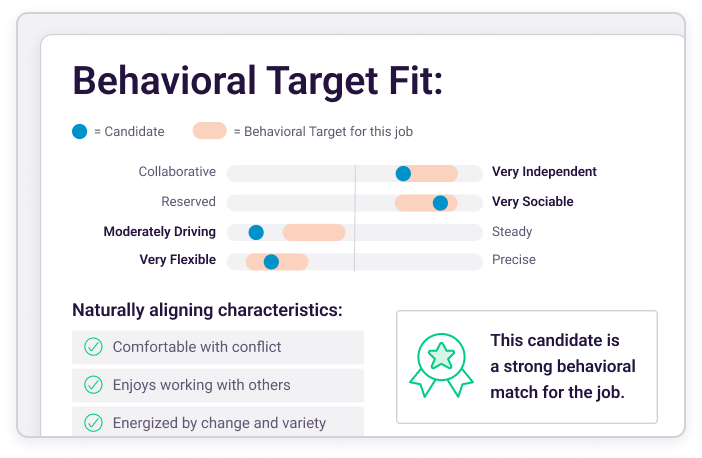By Kathleen Teehan
Understanding a prospect’s perspective can be the difference between closing a sale and watching it crash and burn
There are lots of tips and advice columns out there offering tactics aimed at sales reps eager to close deals fast and CEOs looking to build a super-charged sales force. While it is likely that certain methods and strategies hold some potential, failing to assume the right perspective at the start of a sales call can ultimately result in wasted effort.
Customer-focused selling, for example, is all about approaching a potential engagement from the buyer’s perspective which, on the surface, sounds pretty straightforward. A prospect has a problem and you, the sales rep has a solution. Under this premise, reps would meet their quota in no time, right? Not so fast. It’s all too easy to underestimate the discipline and skill required to become effective at this approach in order to successfully generate high volume sales. So, what needs to happen in the time between acknowledging that a prospect has a need and coming away with a signed agreement?
Any given selling situation will typically play out as one of two scenarios. Let’s start with the “me first” scenario, the one consisting mainly of the sales rep touting all the attributes of the product or service that they’re selling. While this may be a familiar and comfortable approach for the rep who is well-versed in the solution’s features and functions, it doesn’t take into account the real need of the buyer or offer a solution that uniquely addresses the problem. Taking a “me first” approach to selling may work once in a while, but it risks losing credibility with the prospect, and often keeps reps in front of prospects that have no real need or intention of buying the product.
As an alternative, consider the “prospect first” scenario. Top sales performers know that the key to sales success lies in understanding the “world” of the prospect, and offering a solution that is uniquely suited to solve the problem or address the need. While this approach will take more time and effort on the front end, sales reps who embrace this approach, increase the likelihood of winning more business and selling more efficiently. All of this results in stronger client relationships, deeper sales penetration, and more repeat sales.
So how can reps sell in a way that keeps the prospect’s agenda always a central focus of the sales call?
Customer-Focused Selling is a consultative process that consists of 5 distinct steps:
- Build trust and credibility: This begins early in the process by paying close attention to the buying style of your prospect/client.
- Identify the motivating buying factor: Take the time to ask strategic questions to determine the prospect’s decision-making criteria and understand the situation accurately.
- Apply judgment and offer solutions: Use the knowledge gained through strategic questioning in order to present a solution that is specifically tailored to solve their problem and bring value to the prospect’s business.
- Gain agreement on next steps: This is the point in the sales process for an agreement to be made. In a short selling cycle, it may be the time to ask for the order, or in a longer selling cycle, it may appropriate to gain an agreement on the next step in the process. Either way, it is important to develop a way to ask for a commitment.
- Build a long-term relationship: Existing relationships and their referrals are the lifeblood of any good sales reps. Develop an ongoing strategy to nurture your relationships, and to keep track of both prospects and clients through social media outlets.
Implementing a customer-focused sales methodology, allows reps to sell a broader solution, increase efficiency, and develop strong relationship that will benefit the rep and the company for years to come.
You understand sales tactics and the motives behind them, but what about the team of people that are using these tactics on a daily basis? Check out our blog post, Building a Galaxy of Sales Superstars and learn how to get and maintain superstars on your sales team.
